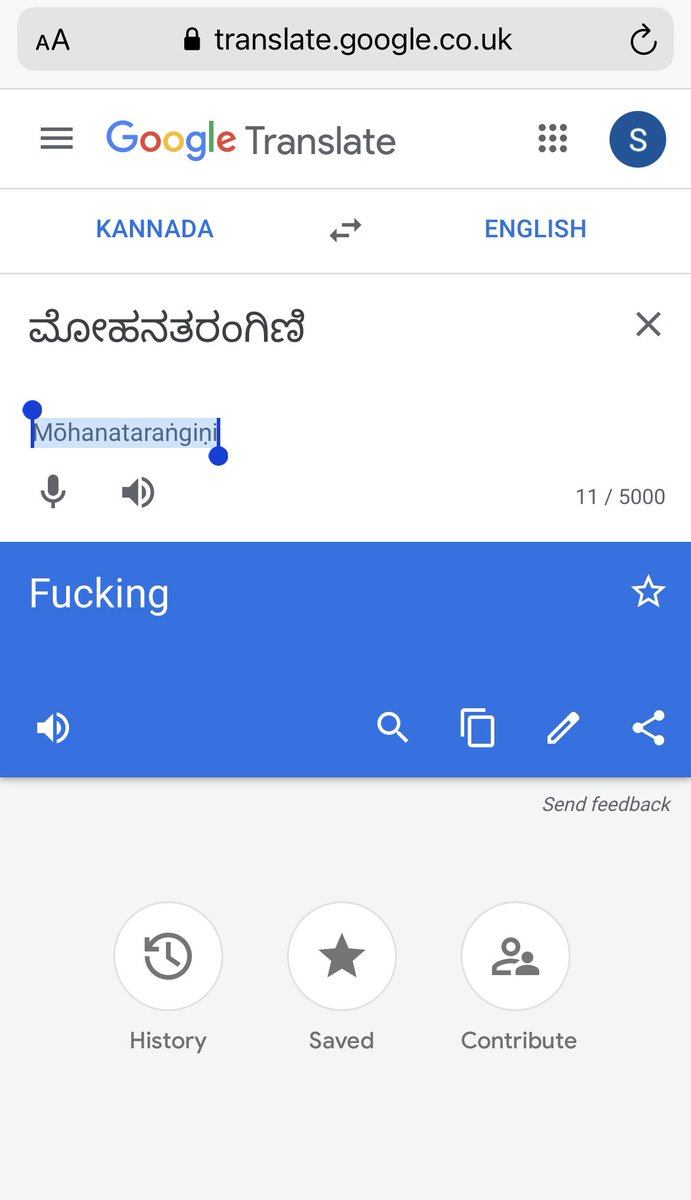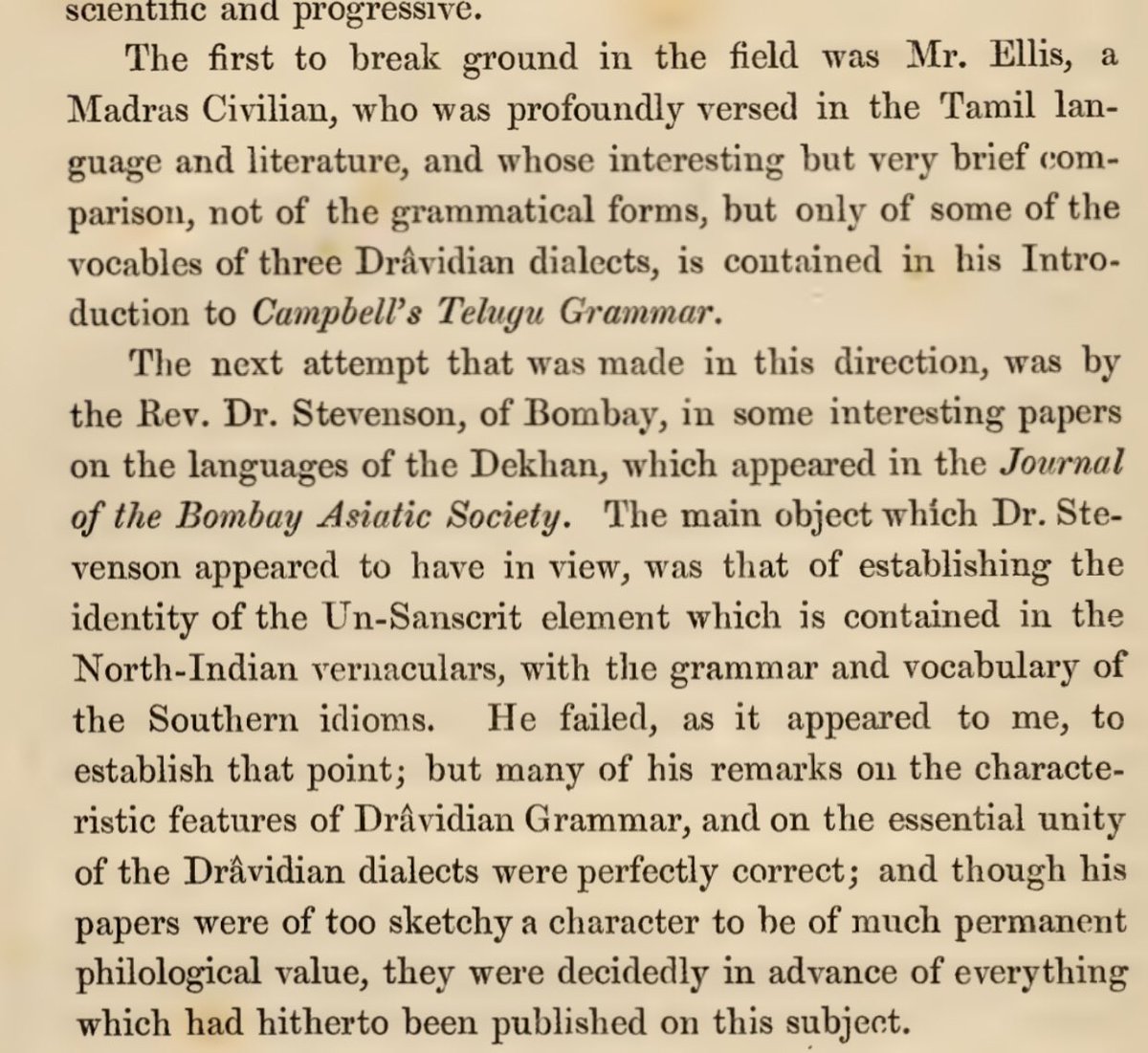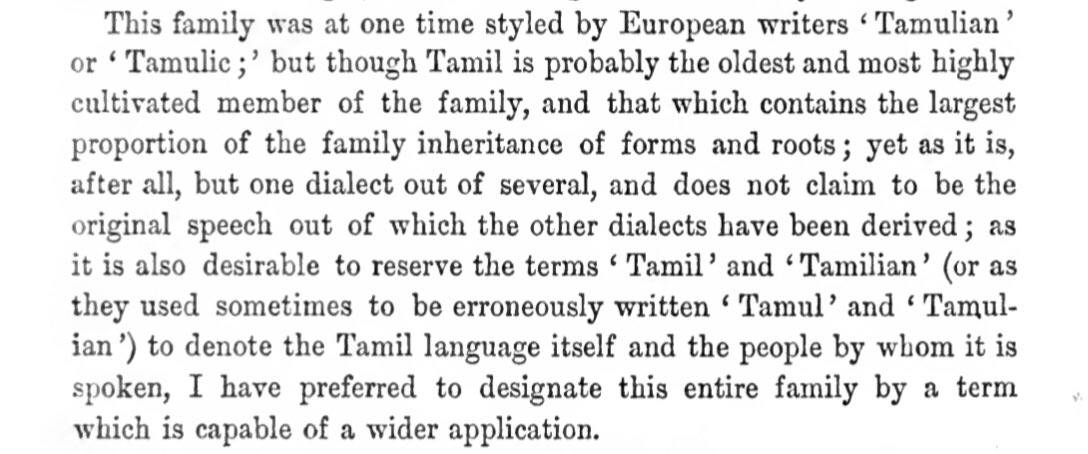
The definition of what is pure/SiShTa differed from language to language. It is fairly black and white for a language that is largely only literary. For a spoken language, it is lot more challenging to define or agree on this- also it changes with time dynamically
1/19
1/19
https://twitter.com/drsureshpant/status/1441386024819519499
Tampering with grammatical structure is a no-no for any language- spoken or written. For instance, you cannot use another language’s vibhakti pratyaya wily-nily. Same with application of grammar rules from another language. That will be “impure” even if done just once.
2/19
2/19
One may create a “maNipravALa” or “bhANDIra” style specifically for writing & that may in time be accepted for that purpose, but this will not become accepted in common spoken language. In common speech, it will still be “impure”. Again, this will have its own specific rules
3/19
3/19
Languages offer more flexibility in borrowing vocabulary. Again, which language the borrowing is from can depend on familiarity, cultural history &/or prestige associated with other language. But it happens within limits. What is purity/impurity depends on amount of admixing
4/19
4/19
samskRta is a classic example as ideal language (India) to borrow from on many levels. It has cultural/historical acceptability, familiarity, commonality across other langs in same cultural sphere, associated prestige. Equally, it’s not a threat, as it isn’t spoken largely
5/19
5/19
Classical Greek and Latin have served the same function in Europe for very similar reasons between them as samskRta for India and the cultures/ countries in the Indosphere
6/19
6/19
Beyond a certain point- borrowing even from an “acceptable” language becomes impurity. At what point it becomes “too much” has not been identified afaik. I suspect it is largely the same in any language. Acceptability also depends on context(formal/informal, spoken/written)
7/19
7/19
Borrowings could be more acceptable if native words don’t exist and people are familiar with the borrowed word. Replacing an established native word with a borrowed word is generally frowned upon. It may happen gradually over time across the speakers.
8/19
8/19
But individual idiosyncrasy will be frowned on and disparaged/ discouraged, certainly initially. For e.g. nilāvu in sankēti is full moon. If I say beḷadiṅgaḷu or Pūrṇacandra in sankēti, people will laugh and/or correct me.
9/19
9/19
For minority language, borrowing from the majority lang that it’s directly & constantly in contact with, that surrounds it, will be less acceptable & can feel a threat (acts subconsciously). A need to maintain its individuality & distinctness from majority is a major drive
10/19
10/19
This is a bigger factor if the two languages are closely related, such as being from the same language family, or if the minority language is viewed by others as a “mixed” language.
(e.g. konkaNi vs marAtThi, sankēti vs kannada, sankēti vs tamiZ, bhojpuri vs Hindi)
11/19
(e.g. konkaNi vs marAtThi, sankēti vs kannada, sankēti vs tamiZ, bhojpuri vs Hindi)
11/19
Borrowing of core vocab is largely unacceptable for every language. Contextually (legal, administrative, religious &c), different words from different languages can be acceptable. Counter-intuitively, I think written language, esply poetry, is more tolerant of borrowings
12/19
12/19
Formal language accepts vocab borrowing (but of course not core vocab) as people will acknowledge it is not always reflected in speech, & is acceptable for meter, lyricism... In kannaDa, we see a greater percentage of borrowing from samskRta as acceptable in formal writing
13/19
13/19
If same was done in common speech, it would be seen as highly peculiar, affected, or ignorant, & unacceptable. However, borrowing from English is more acceptable in speech than in writing.
14/19
14/19
So vocab from culturally/ historically acceptable language of borrowing is tolerated in writing. Newer but familiar language of commerce/importance is more accepted in speech. This probably also is due to former being a largely unspoken lang, but latter used daily & largely
15/19
15/19
It’s another matter that samskRta is touted as a threat by some whilst the same people that object to it happily borrow from other langs such as English & Hindi
English as a global link & commerce language has given lot of words to many languages (it also happily borrows)
16/19
English as a global link & commerce language has given lot of words to many languages (it also happily borrows)
16/19
Hindi, for example falls in the category of familiarity & repeated exposure through media/TV/radio. Due to common exposure has lent some recent borrowings into speech but hardly in writing unless they have come from colonial times
17/19
17/19
But heavens no, Hindi isn’t seen as commercially & culturally important to rest of India, much as the centre & Hindi native speakers would believe it is so. Reality is, it has neither the cultural-religious importance, nor prestige associated with samskRta for rest of India
18/19
18/19
In summary, perceptions of borrowing & purity of lang depend on many factors, contexts & times. Whilst principles themselves remain largely unchanged over time, detail of what is & isn’t “pure” can/does change with time. But it’s “majority” that prevails, most of the time
19/19
19/19
Check this thread out
@samopriya @SameerudDowla @l_linguist @hamsanandi @avtansa @karatalaamalaka @talekaayi @hsraghav @pathaspati @Goutham29R @a_srinidhi @sridatta_a @hmvprasanna @achyutha @Sakkare_Pongal @ShreekrishnaHe1 @myshanks @vasantshetty81 @govindakeshava @VAdkri
@samopriya @SameerudDowla @l_linguist @hamsanandi @avtansa @karatalaamalaka @talekaayi @hsraghav @pathaspati @Goutham29R @a_srinidhi @sridatta_a @hmvprasanna @achyutha @Sakkare_Pongal @ShreekrishnaHe1 @myshanks @vasantshetty81 @govindakeshava @VAdkri
• • •
Missing some Tweet in this thread? You can try to
force a refresh













